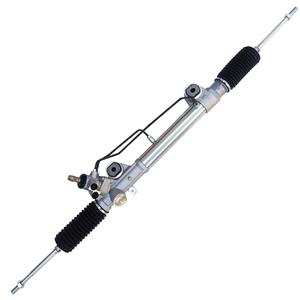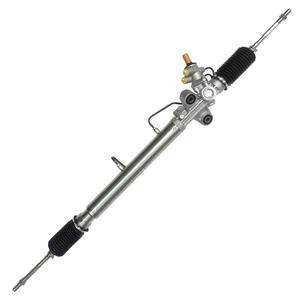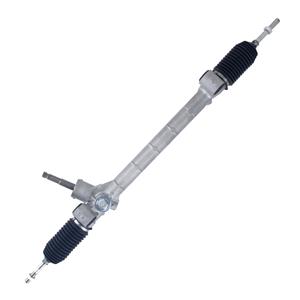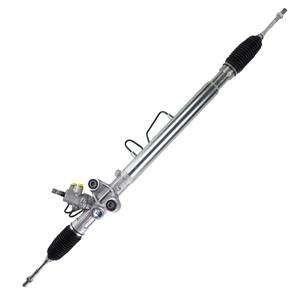What was before rack and pinion steering?
Rack and pinion steering is widely used in the modern automotive industry and has become the preferred steering system for most vehicles. However, before this technology became popular, automotive steering systems went through several stages of development and evolution. Understanding the steering systems before rack and pinion steering not only helps us understand the progress of modern technology, but also better understand the advantages and disadvantages of different steering systems.
This article will explore in detail the various steering mechanisms used in the automotive industry before rack and pinion steering became popular.
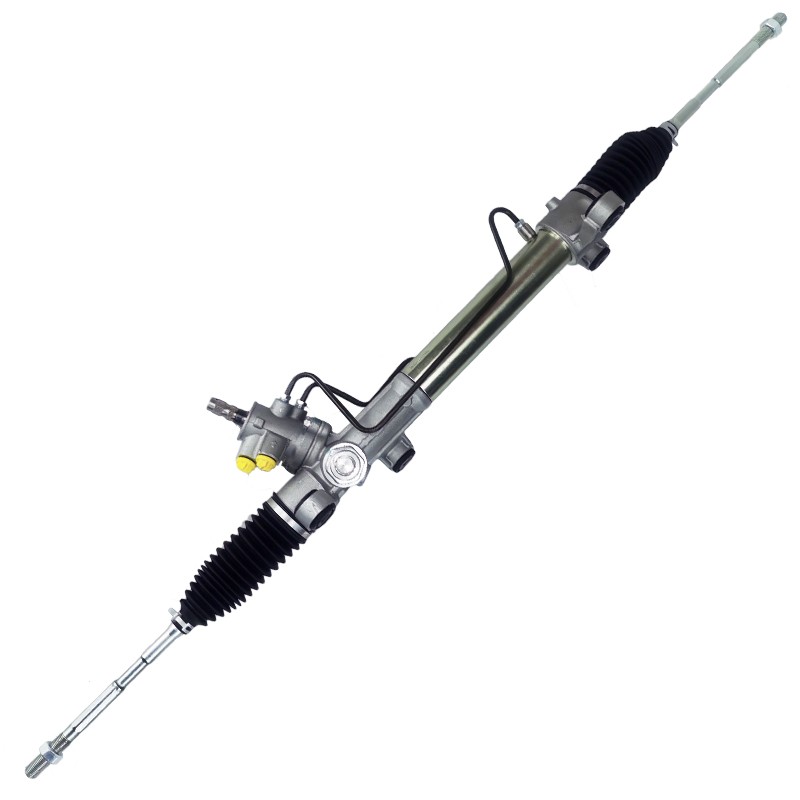
1. Early Development of Automotive Steering Systems
The invention of the automobile can be traced back to the late 19th century, when vehicles mainly used simple and primitive steering mechanisms. These early systems were not as complex as modern cars, but they laid the foundation for later steering technology.
Single Lever Steering Systems
The earliest automotive steering systems were very simple, usually using a single lever to control the direction. This design is similar to the steering principle of a ship's rudder or a horse-drawn carriage, which achieves the steering of the vehicle by changing the angle of the front wheels. Due to its simple structure, the single lever system is very easy to manufacture and maintain, but the disadvantage is also obvious: the steering is very heavy and the driver needs to use a lot of force to control the vehicle, especially at low speed or when it is stationary.
Worm and Sector Steering System
With the development of the automobile industry, the single-lever steering system has been gradually eliminated and replaced by the more complex worm and sector steering system (Worm and Sector Steering). This system consists of a worm and a worm wheel meshing with it. When the driver turns the steering wheel, the worm rotates and drives the worm wheel, thereby changing the direction of the front wheels.
● Advantages: The worm and sector steering system is more precise than the single-lever system, and due to the deceleration effect of the worm wheel, the steering torque can be amplified, making the steering operation relatively easy.
● Disadvantages: This system requires high precision in manufacturing and assembly, and its mechanical efficiency is low. It still takes a lot of effort to turn, especially when parking or turning at low speed.
Helical turntable steering system
After the worm and sector steering system, the helical turntable steering system (Worm and Roller Steering) was used. It is an improvement on the worm and sector system, mainly by changing the worm wheel to a rolling contact design with rollers, thereby reducing friction and further improving steering efficiency.
● Advantages: Compared with worm gear systems, spiral turntable steering systems have less friction and smoother operation.
● Disadvantages: Despite the reduced friction, this system is still relatively complex and requires high manufacturing precision and cost.
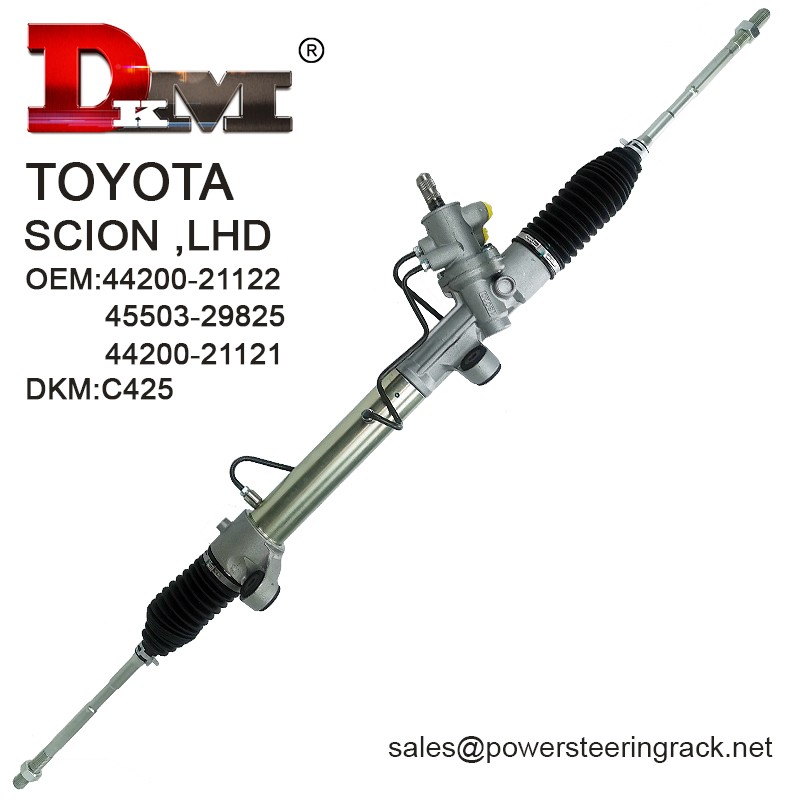
2. Development of gear-driven steering systems
After the early steering systems, engineers gradually introduced the concept of gear transmission to further improve the efficiency and reliability of the steering system. During this period, several steering systems based on gear transmission were developed and applied one after another.
Recirculating ball steering system
The recirculating ball steering system is a steering system widely used in trucks and heavy vehicles. This design uses balls to reduce friction and transmit the rotational force of the steering wheel to the steering rack.
● Working principle: The steering wheel is connected to a screw. When the steering wheel turns, the screw pushes the ball to circulate in the groove, thereby driving the steering rack to move and realize the steering of the vehicle.
● Advantages: Due to the application of balls, the recirculating ball steering system reduces friction and makes steering operation easier, especially suitable for heavy vehicles that require greater torque.
● Disadvantages: This system has a complex structure, and because of the clearance between the gears and the ball bearings, the steering feel is relatively vague, and it is difficult to provide accurate steering feedback.
Cam and Lever Steering System
The Cam and Lever Steering system is a more mechanical design that is widely used in some early cars. This system controls the steering angle of the front wheels through a mechanical connection between a cam and two levers.
● Working principle: The steering wheel drives the lever through the cam, and the lever then pushes the steering mechanism through a mechanical connection to turn the front wheels.
● Advantages: Compared with the previous worm gear system, the Cam and Lever system has a simpler structure and lower manufacturing cost.
● Disadvantages: This system performs poorly in terms of accuracy and durability, and due to the limitations of the lever mechanism, the steering operation is still relatively laborious.
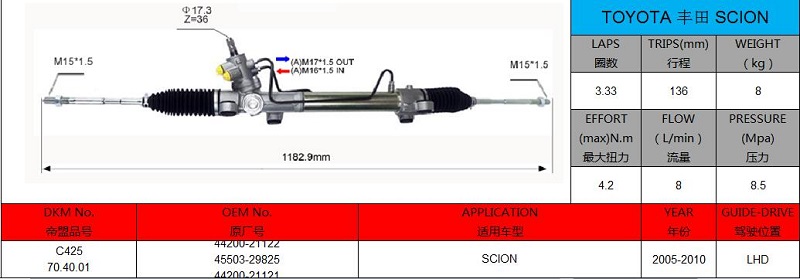
3. The emergence and popularity of rack and pinion steering system
After experiencing a variety of different steering systems, the rack and pinion steering system has gradually become mainstream. This system was first used in European compact cars in the 1960s, and then quickly became popular and became a standard feature of many types of vehicles such as sedans, SUVs and even trucks.
Advantages of rack and pinion steering system
● Simplified structure: The rack and pinion steering system converts the rotation of the steering wheel directly into the linear motion of the rack, eliminating the complex mechanical transmission mechanism. The design of rack and pinion steering not only reduces the weight of the steering system, but also improves its response speed and sensitivity.
● Precise control: Due to the direct meshing of the gear and rack, the rack and pinion steering system can provide precise steering control, allowing the driver to feel the road feedback more directly.
● Low maintenance cost: Compared with previous steering systems, the rack and pinion steering system has a simple structure, low maintenance cost, and relatively low failure rate.
Popularization from heavy vehicles to small cars
Initially, the rack and pinion steering system was mainly used in small cars and sports cars because this system can provide agile steering response and better driving feel. However, with the advancement of technology and changes in market demand, the rack and pinion steering system has gradually been used in a wider range of vehicle types, including mid-size sedans, SUVs and some light trucks.
4. Limitations of rack and pinion steering system
Although the rack and pinion steering system performs well in many aspects, it is not perfect. Especially in the field of heavy vehicles and off-road vehicles, the application of rack and pinion steering systems still has some limitations.
Limitation of torque transmission capacity
Since rack and pinion steering systems rely on the meshing of gears and racks to transmit torque, the size and strength requirements of racks and pinions will increase significantly when the steering system needs to transmit very large torque. This limits the application of rack and pinion steering systems on some heavy trucks and special vehicles.
Balance between system sensitivity and control feel
A notable feature of rack and pinion steering systems is their high sensitivity and ability to provide direct steering feedback. However, for some drivers, this sensitivity may lead to excessive control feel, especially at high speeds or on uneven roads, where the driver may need to adjust the steering wheel more frequently to maintain vehicle stability.
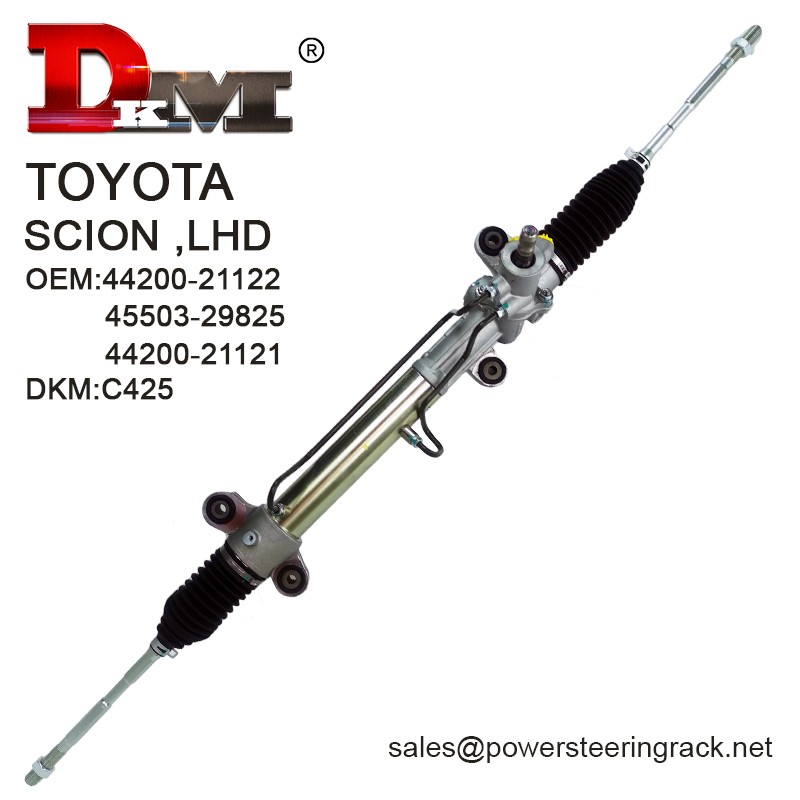
5. Alternatives to rack and pinion steering systems
Although rack and pinion steering systems have become the mainstream choice for modern cars, other steering systems still have their unique advantages in certain specific application scenarios. For example, in some high-performance racing cars or off-road vehicles, electric power steering systems (EPS) and hydraulic power steering systems (HPS) are still widely used.
● Electric Power Steering System (EPS): Relying on the motor to provide steering assistance, the traditional hydraulic pump and hydraulic oil are eliminated, which not only improves fuel efficiency, but also can automatically adjust the power assistance according to the speed to adapt to different driving conditions.
● Hydraulic Power Steering System (HPS): Provides power assistance through the hydraulic pump. Especially in heavy-duty vehicles and off-road vehicles, the hydraulic system can provide more powerful power assistance to adapt to complex road conditions and heavy-duty operations.
Established in 1996, Guangdong Diamond Auto Parts Co., Ltd. (DKM Company) is a professional Chinese manufacturer and supplier of high-quality power steering systems. With a factory covering 20,000+ square meters and advanced CNC equipment exceeding 280 units, we produce over 300,000 steering units annually. Our products, including gear rack steering systems for Toyota, Honda, Mitsubishi, Hyundai, Buick, and Isuzu vehicles, are available at wholesale prices for global buyers. From the USA to the Middle East, our low-cost, high-quality steering solutions are trusted by leading brands and distributors worldwide. Contact us today for competitive quotes and customized services.

